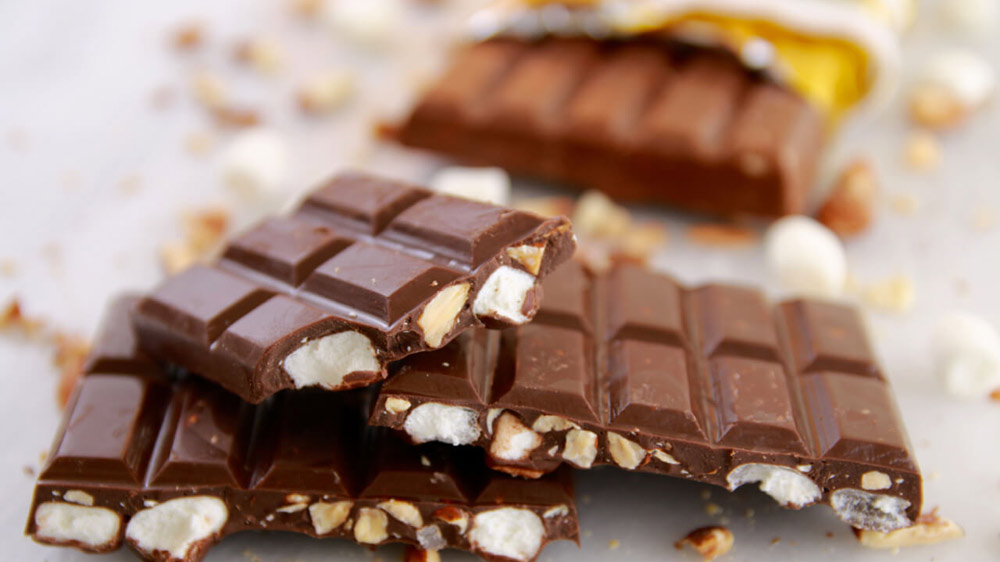Another food safety norm that comes to mind concerns ingredients used in homemade chocolates and if they are free from adulteration and contamination.

Chocolates are the best form of celebrating happiness, expressing love and gratitude towards our loved ones, The delicately moulded, artistic pieces are not only good to look at but are something sweet-toothed Indians find irresistible. While it could be true that you don’t mind the premium these speciality homemade chocolates command but have you ever stopped to think if these chocolates are safe to consume?
The homemade chocolate industry comprises the organised as well as the unorganised sector. Even in the organised sector this variety of chocolates is called homemade simply because they cannot be mass produced but are made in batches of a few kilograms. Why they are different from the mass produced industrial chocolate is that they have less sweetness, smooth texture and a refined and distinct taste and exotic fillings.
However, no one knows if these chocolate makers have a license from the Food Safety and Standards Authority of India (FSSAI) and if their manufacturing units or kitchens have been inspected by health and food inspectors for hygiene and sanitation. Other markers for food safety are whether FSSAI permitted flavours and colors are being used in homemade chocolates as non-permitted additives are a health hazard. So before buying the chocolates ask the seller if they have an FSSAI license or not.
Another food safety norm that comes to mind concerns ingredients used in homemade chocolates and if they are free from adulteration and contamination. Cocoa is the main ingredient used in making home-made chocolates, followed by dry fruits and some chocolatiers also use herbs and other fillings of fruits and jams. It is a well-known fact that unless cocoa beans are roasted adequately and handled hygienically they have the potential to be contaminated with Salmonella spp. bacteria. Other raw materials like milk and eggs also need to be adequately heat-treated and handled hygienically to keep them free from bacterial contamination. Personal hygiene can cause major issues as homemade chocolates are finished by hand-dipping. There are other ways microbial contaminants can be introduced into chocolates via other ingredients being used or unhygienic handling and packaging.
It is quite clear that the all-time favorite chocolates can also be contaminated which is a real threat to our health. Since, young children consume large quantities of chocolates it is important to safeguard their health. Therefore, chocolate manufacturers should take the utmost care in maintaining high standards of quality. Moreover, standards and regulations must be followed so consumers can be provided with safe chocolates and chocolate products.
Any label information?
Homemade chocolates in the unorganised sector do not carry any label information. There is no list of ingredients so consumers with food allergies must take precautions or avoid eating homemade chocolates that contain unknown ingredients.
The packaging in some homemade chocolates has no manufacturing, expiry or best before date so there is no way to know how much shelf life they have left. Homemade chocolates in speciality stores usually have a shelf life of only 2 to 3 weeks at room temperature.
Stored at the right temperature?
Chocolates need to be stored in the right temperature or they could deteriorate in appearance and texture. A crack or a whitish cast or sheen on the chocolate means it has not been stored at the right temperature. Homemade chocolates can also develop moulds and therefore they need to be visually inspected before you buy them. Since the chocolates are likely to be wrapped it is difficult to tell before you open the covering.
Enjoy your homemade chocolates and gift them by all means but do ensure that you buy them only from a licensed outlet so you do not fall prey to health concerns.
No comments:
Post a Comment